A neuroscience-aligned synthesis of daily rhythm, predictive stimulation, and state shift technology.
We’ve all felt it that groggy mental fog that clings to the early hours. You wake… but the rest of you lingers behind. You reach for a screen, or coffee, or motivation that hasn’t arrived yet.
But the issue isn’t effort. It’s rhythm.
Your brain is not a machine that powers on; it’s a living system that tunes in if the right frequency is played. Let’s begin not with hacks, but with how the waking brain actually works.
What Happens in the Brain Each Morning?
Every 24 hours, your body and brain pass through a circadian arc a biologically coded sequence that governs sleep, alertness, performance, and recovery. The struggle to "wake up" is not about laziness. It’s often a mismatch between your brain’s timing and your environment. Here’s what matters most in the first 90–180 minutes after waking:
-
Circadian Temperature Minimum Has Just Passed Your brain begins to switch on after your lowest body temperature point, usually two hours before you wake. If your timing or light exposure is off, this transition can be sluggish.
-
Dopamine and Acetylcholine Need Activation These neuromodulators are responsible for motivation, curiosity, and focus but they don’t rise automatically. They need movement, light, and novelty to be recruited.
-
Brainwave Patterns Are Still in Theta/Delta You’re shifting from the slow, dreamlike rhythms of sleep into the alpha/beta bands of attention and cognition. This transition can stall without the right stimulation.
-
Prefrontal Cortex Is Still Warming Up The brain's executive center is the last to fully boot up. Until it does, clarity, memory, and decision-making are impaired.
What Kind of Brain Stimulation Supports Wakefulness?
What’s needed in the early morning is not willpower but a bottom-up sensory nudge that aligns the brain’s physiology with the day ahead. You need:
-
Novelty that triggers engagement
-
Light and sound input to wake sensory cortices
-
Rhythmic variation that disrupts passive loops
-
Structured stimulation that mirrors circadian need
This is where neuroVIZR comes in.
Morning Activation with neuroVIZR
Unlike blunt force stimulants or passive "entrainment" tools, neuroVIZR engages the brain as a partner. It uses light and sound as intelligent signals activating rather than overwhelming. Here’s how it matches your biology:
1. Novelty That Triggers Wakefulness
Sessions like Creative Pop offer dynamic, non-repeating light/sound patterns that subtly surprise the brain enough to draw attention, without jarring the system.
Why it works: The brain is a prediction machine. Break the pattern gently, and it tunes in.
2. Structured Visual & Auditory Stimulation
Eyes closed, the neuroVIZR's geometric light field activates the visual cortex, while embedded sound textures stimulate auditory processing.
Why it works: These regions are the early gatekeepers of wakefulness. Activate them, and the rest of the brain follows.
3. Triple Signal Dynamics: MACRO, MESO, MICRO
neuroVIZR brain training devices sessions combine large movement patterns (MACRO), pulsing waveforms (MESO), and fine flicker rates (MICRO) creating rich, layered stimulation that mimics natural sensory input.
Why it works: This layered complexity increases brain signal variability, which is linked to cognitive flexibility and creative thinking.
4. Dopamine + Acetylcholine Activation
The novelty, movement, and immersive focus within a session help trigger dopaminergic exploration and cholinergic attention the twin fuels for drive and clarity.
Why it works: You don’t just "wake up." You become curious again.
Morning Protocol: Aligning Rhythm and Stimulation
Here’s a circadian-aligned routine that pairs neuroVIZR with natural brain timing:
|
Step |
Action |
Why It Works |
|---|---|---|
|
1 |
Hydrate + Light Movement |
Supports vagal tone and initiates body-brain sync |
|
2 |
5–11 min neuroVIZR session: Creative Pop or Brain Optimizer |
Breaks sleep inertia, increases sensory engagement |
|
3 |
Sit in stillness for 1–2 min |
Integration phase — where trait change begins |
|
4 |
Natural sunlight or slow walk |
Anchors the shift, stabilizes circadian rhythm |
|
5 |
First caffeine (optional): after 90–120 min awake |
Enhances alertness without rebound crash |
Final Thought: Wakefulness Isn’t Forced. It’s Invited.
Your brain wants to wake up. It’s built to adapt, to engage, to rise. But it needs the right signals not more stress, not more screen light, not more noise.
It needs pattern, variation, timing, and invitation. This is the core philosophy behind neuroVIZR. It’s not a stimulant. It’s not a distraction.
It’s structured sensory guidance a mirror to what your nervous system already knows:
"Wakefulness is not a task. It’s a rhythm waiting to be remembered."
Disclaimer: neuroVIZR is a wellness device created to promote relaxation, focus, and overall brain wellness. It is not a medical device, does not provide diagnoses, and is not intended to treat, cure, or prevent any medical condition. The device is not suitable for individuals with epilepsy. Experiences and results may vary from person to person.

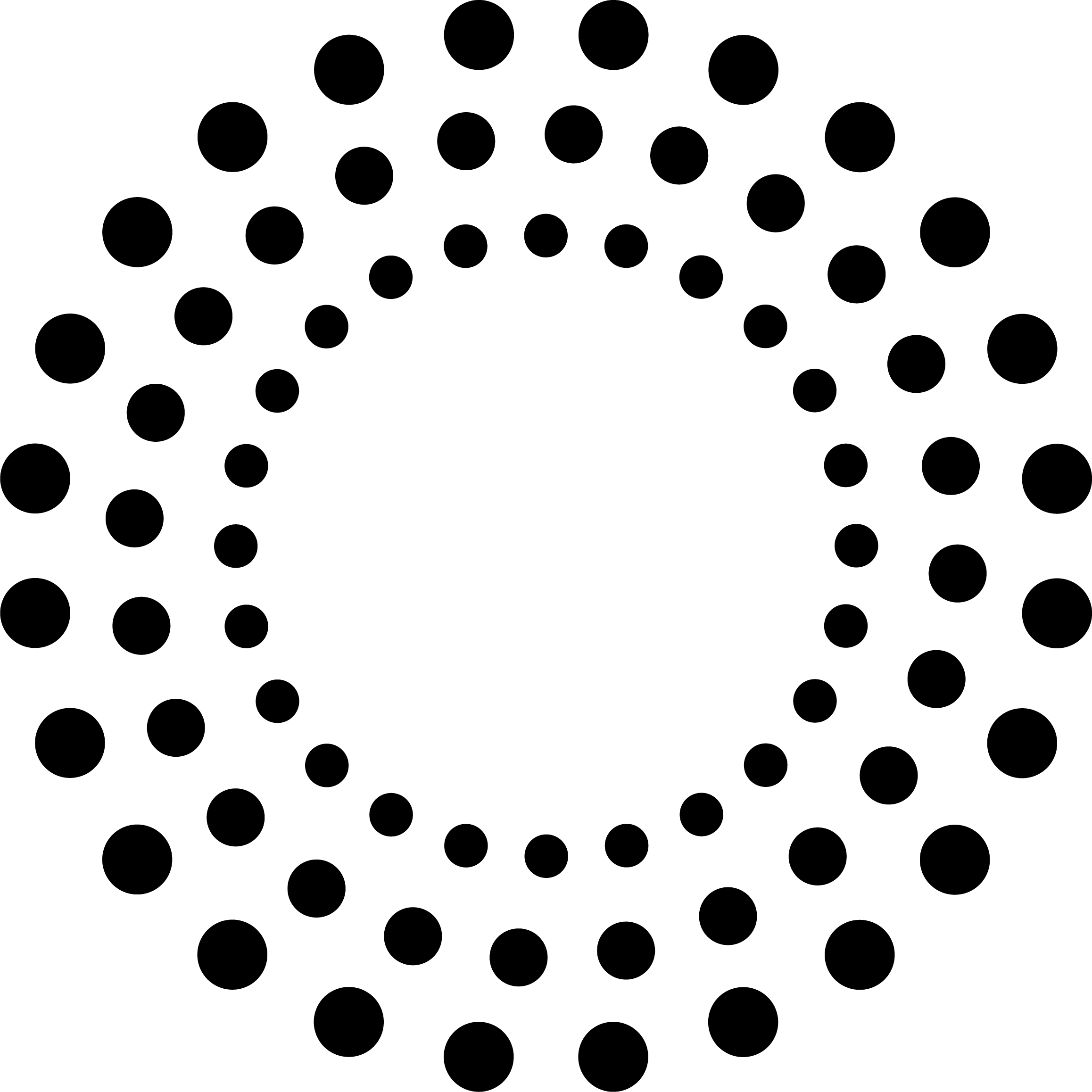

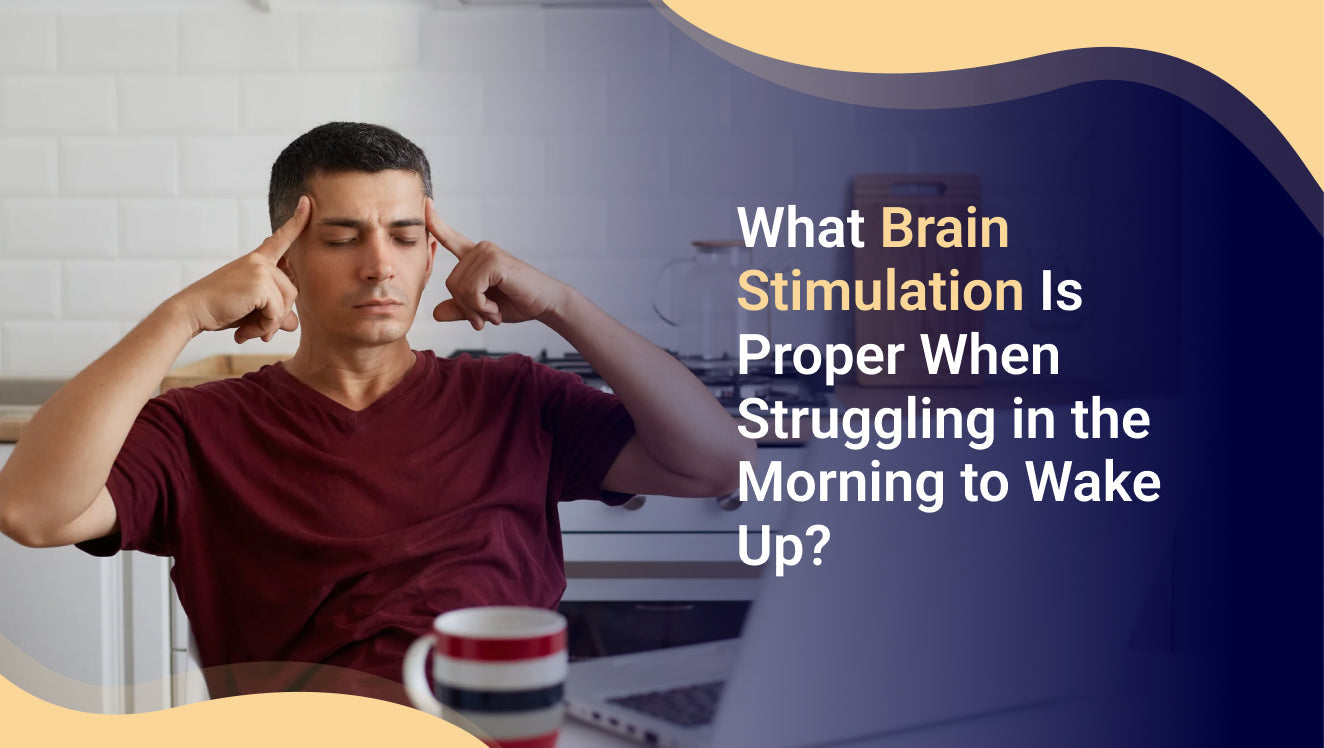


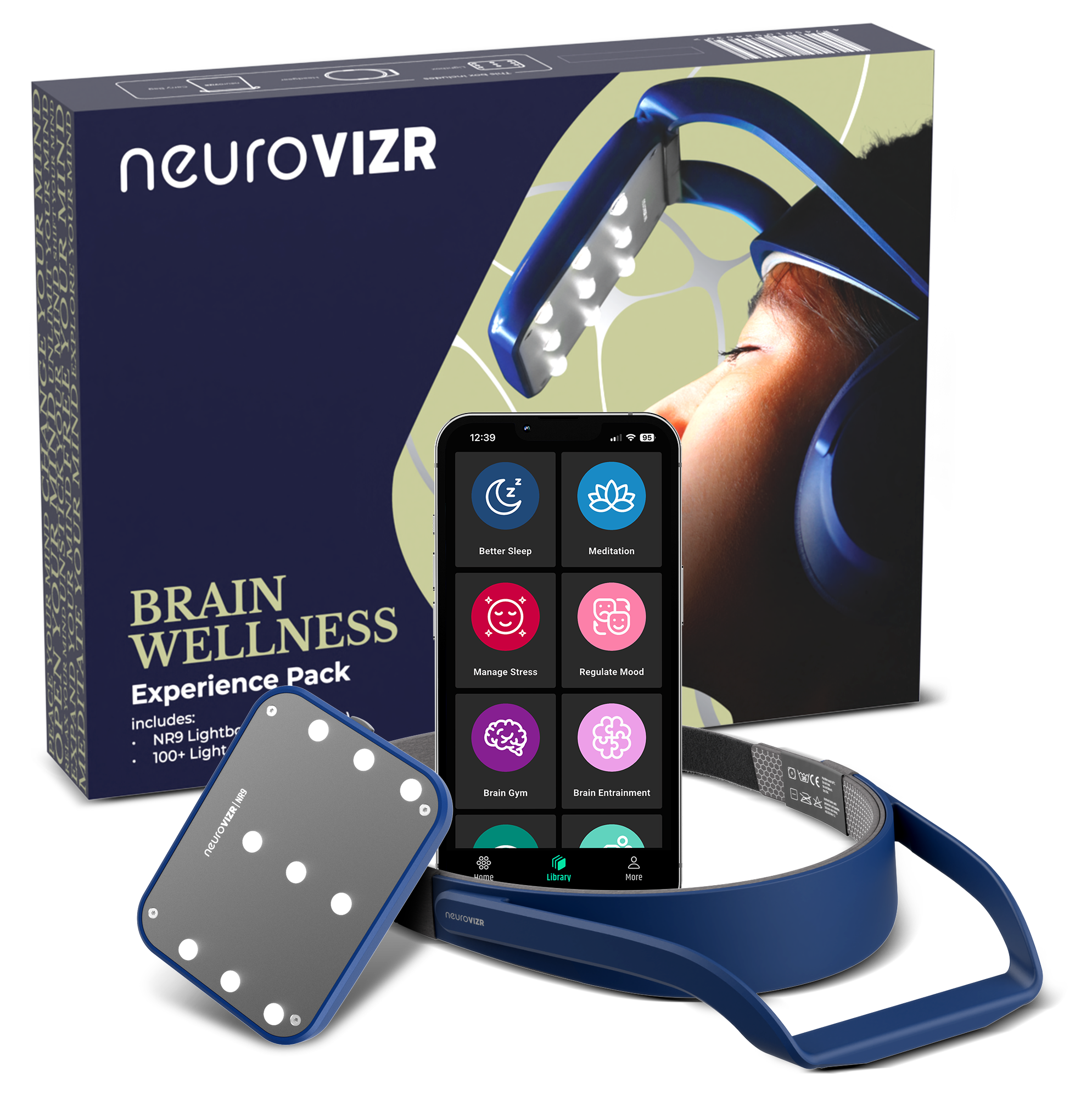

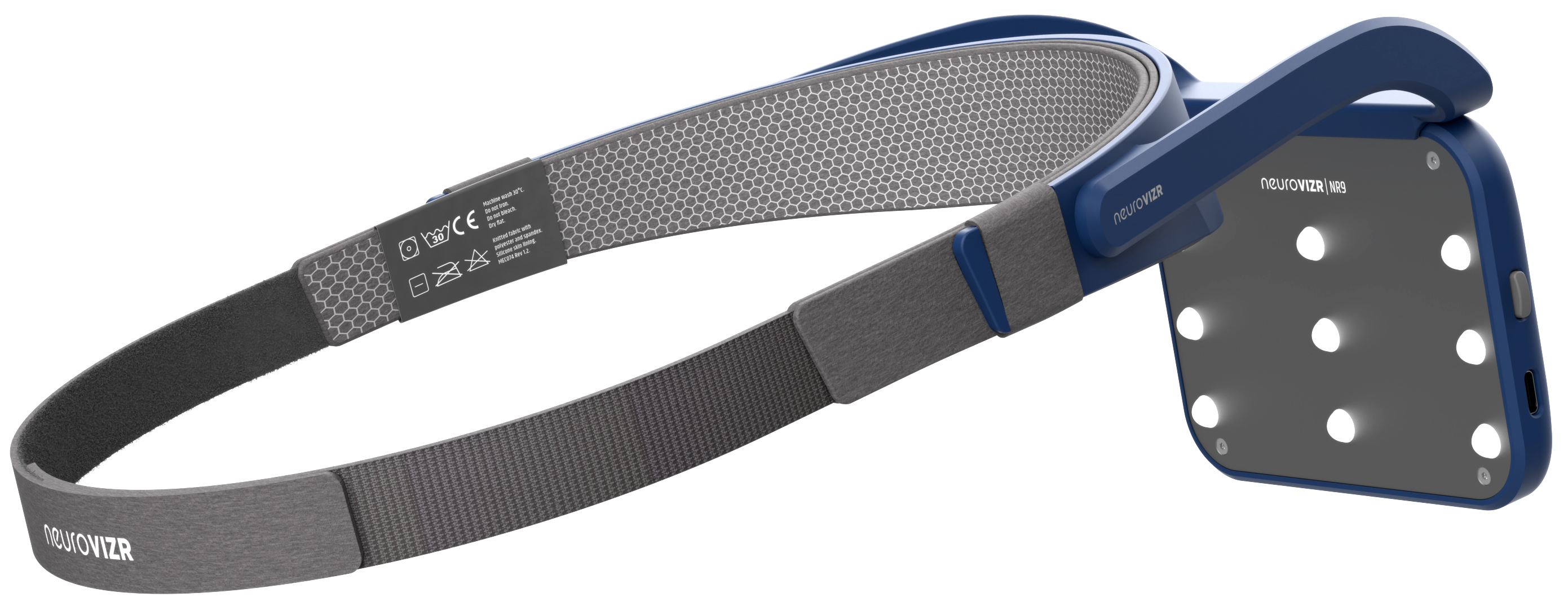
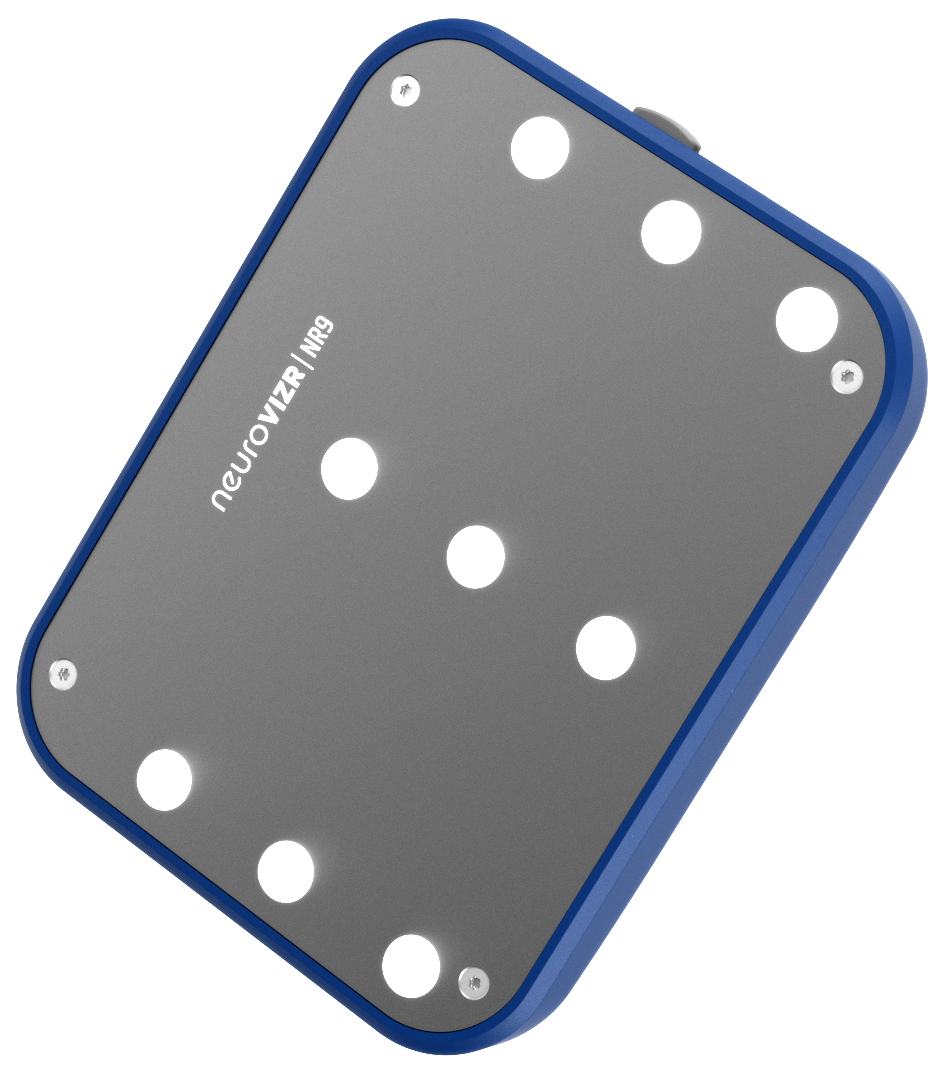
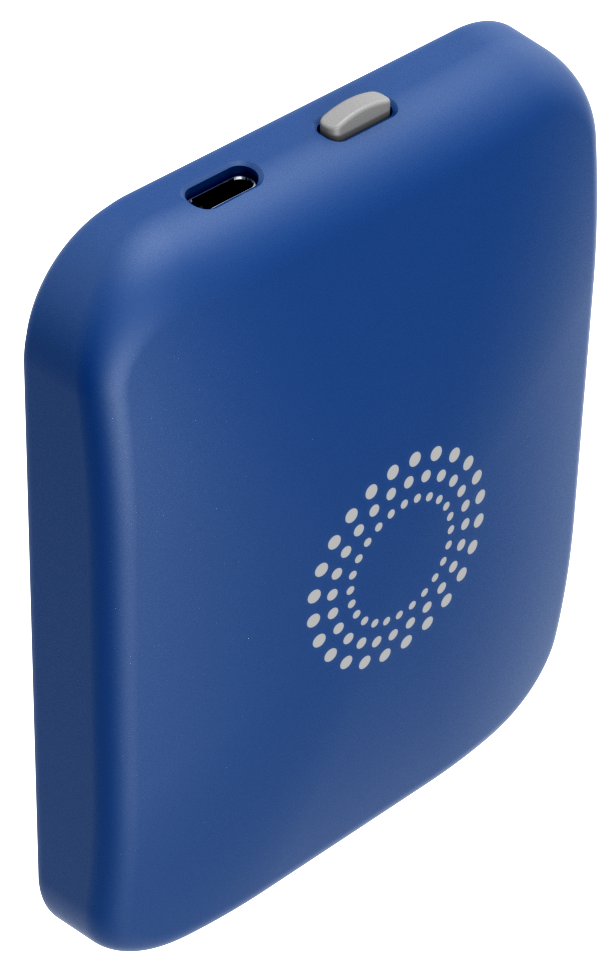
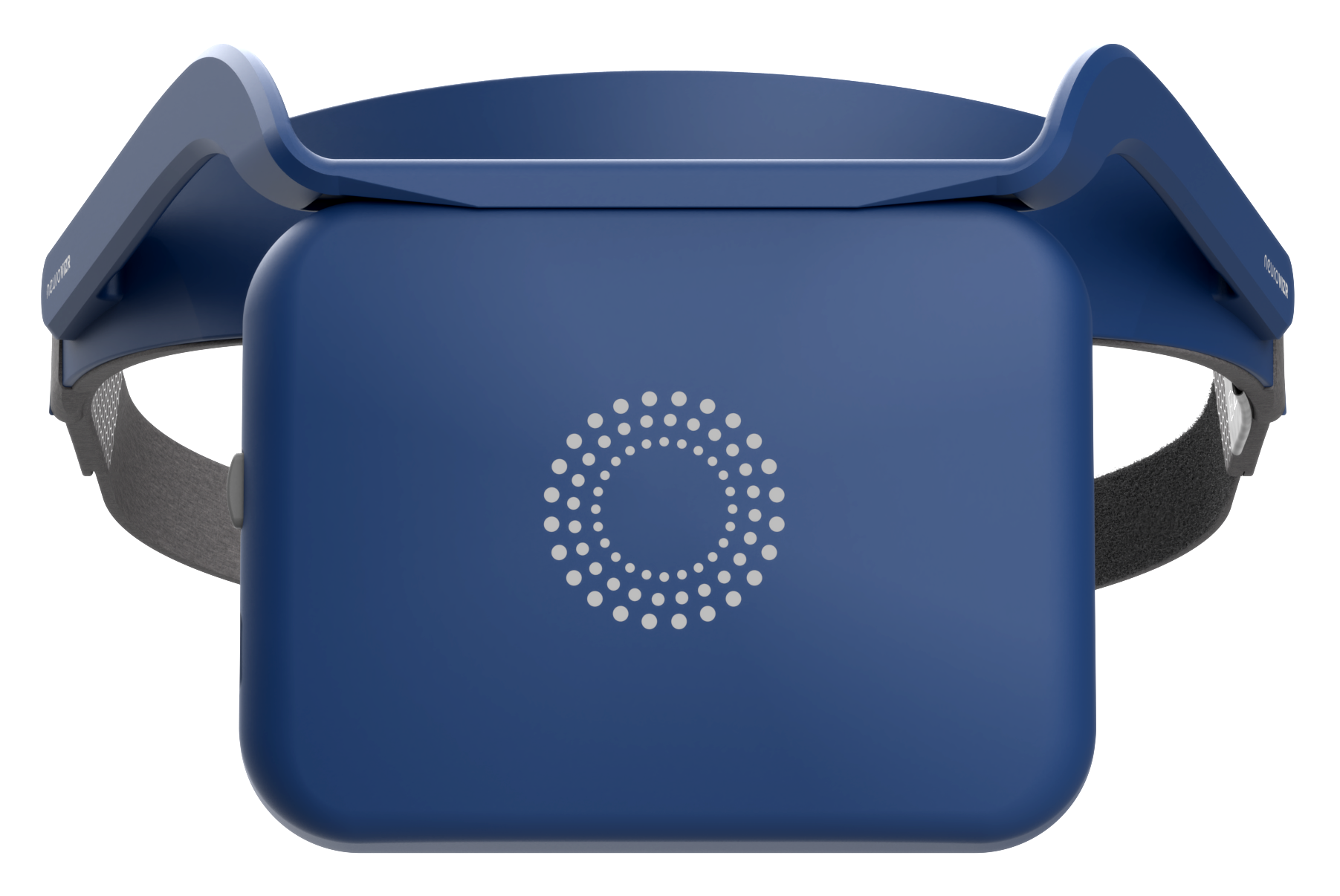
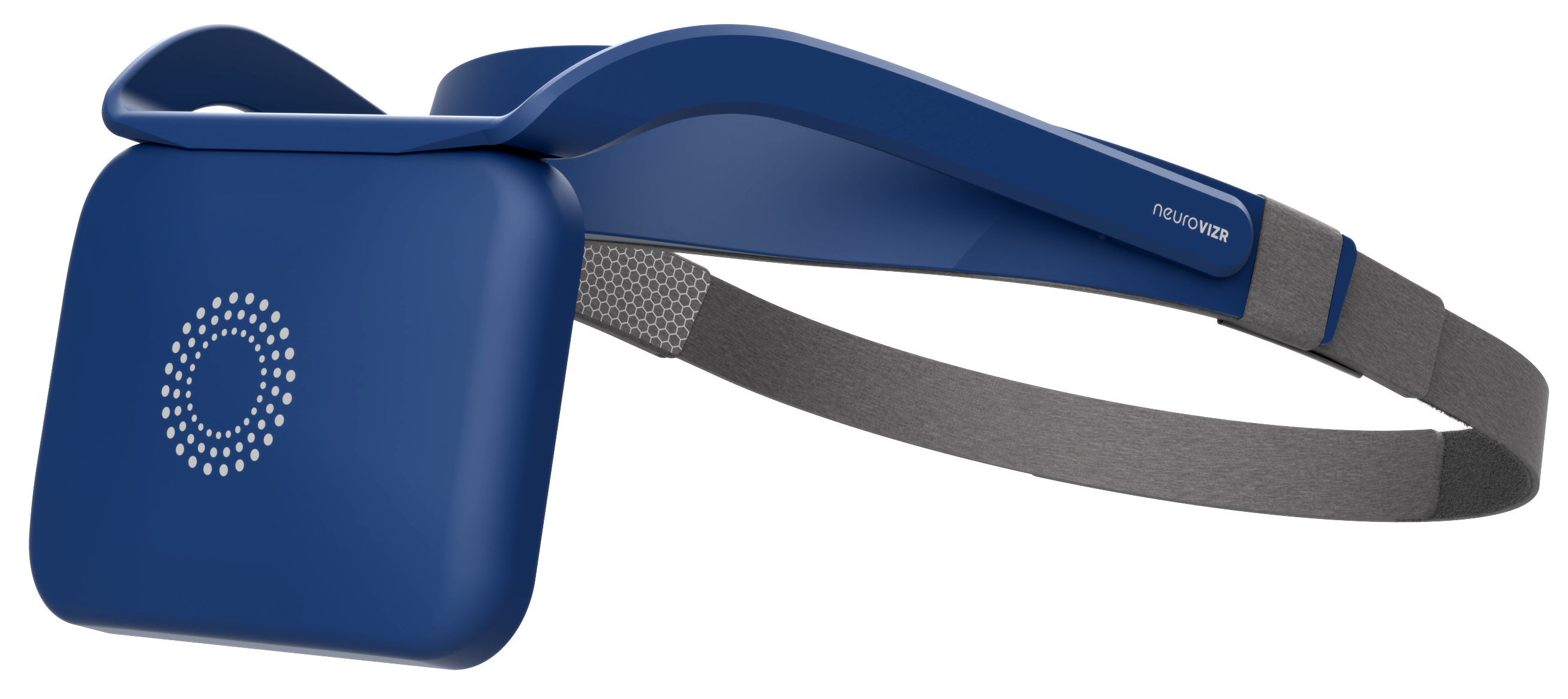
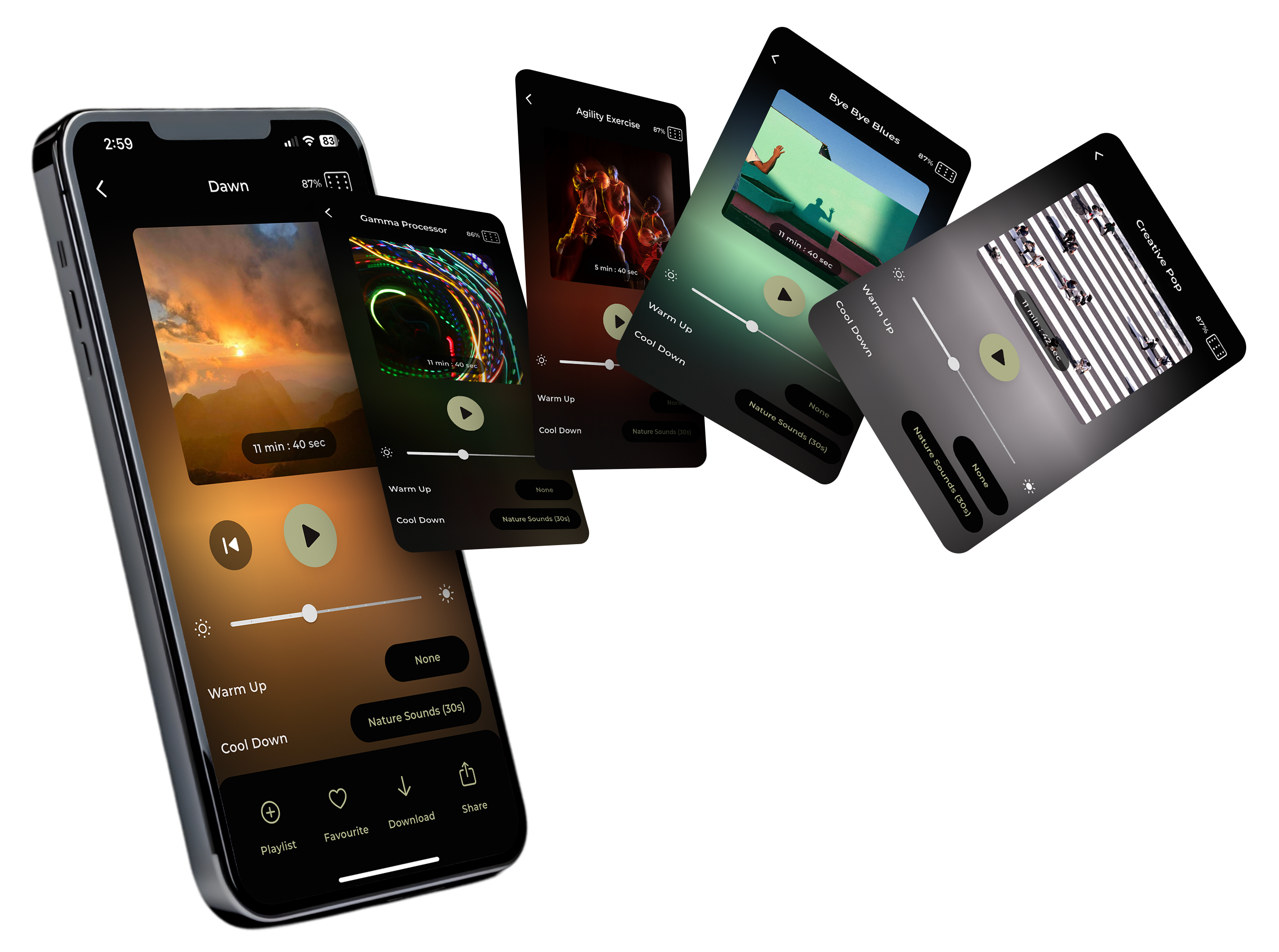
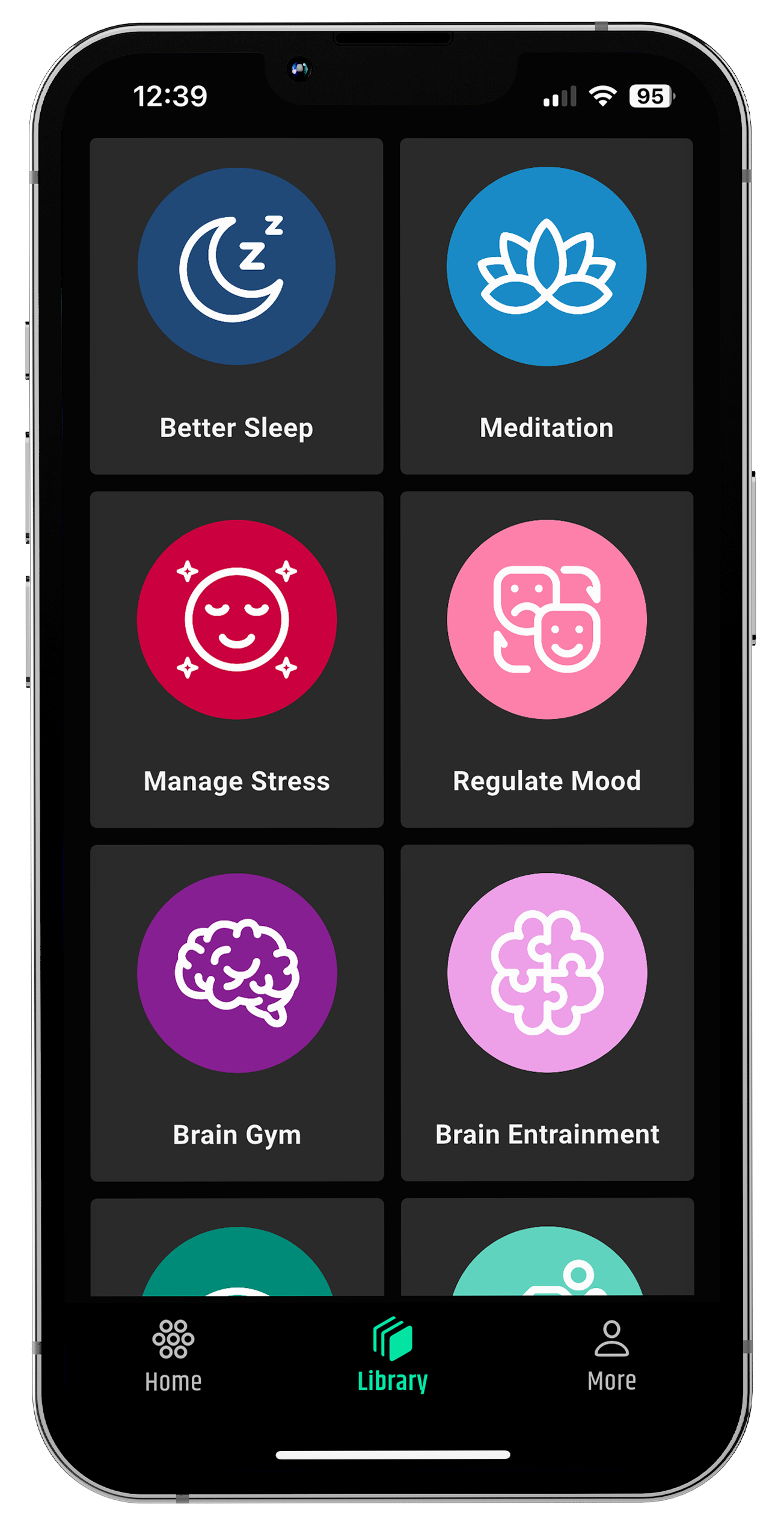
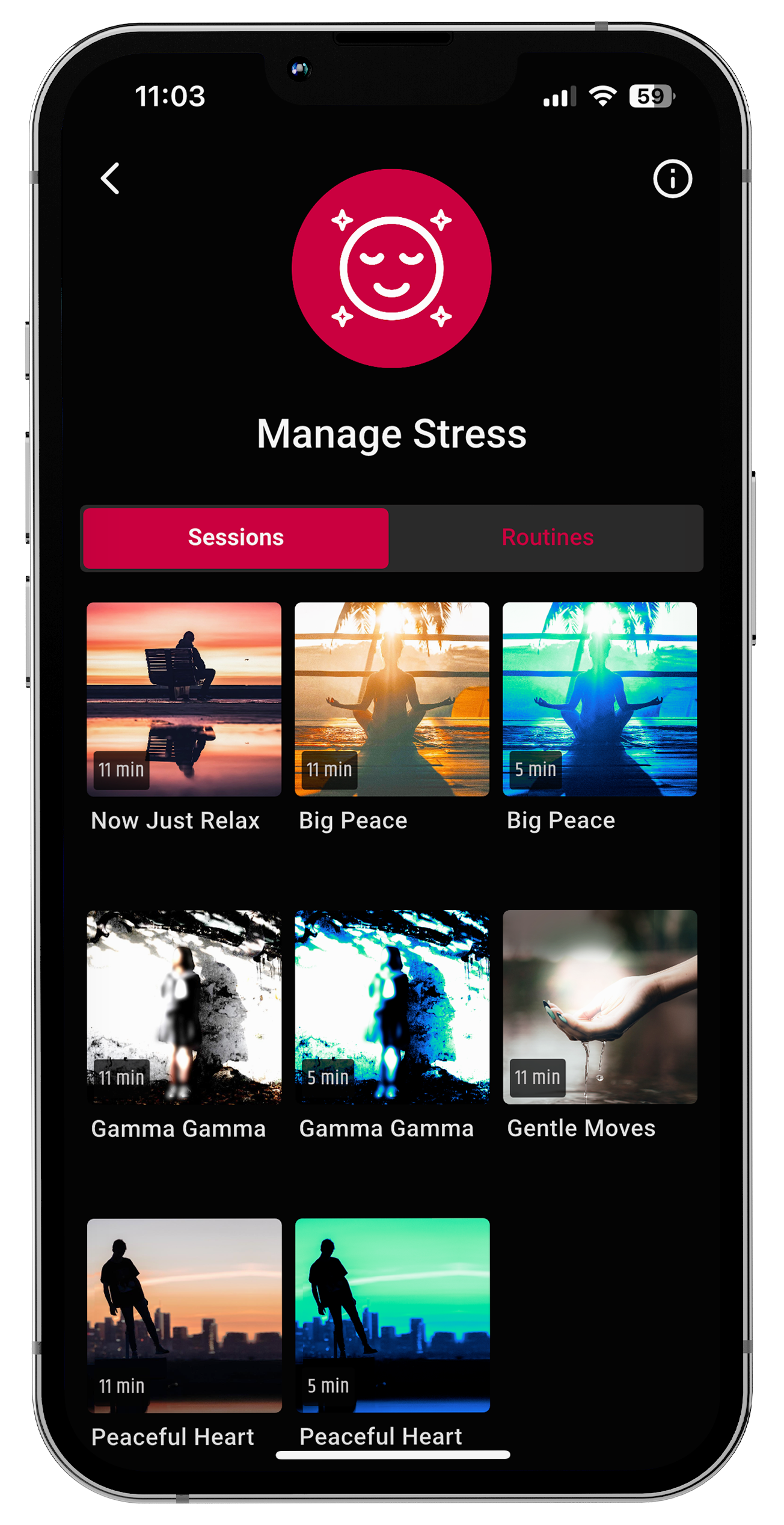
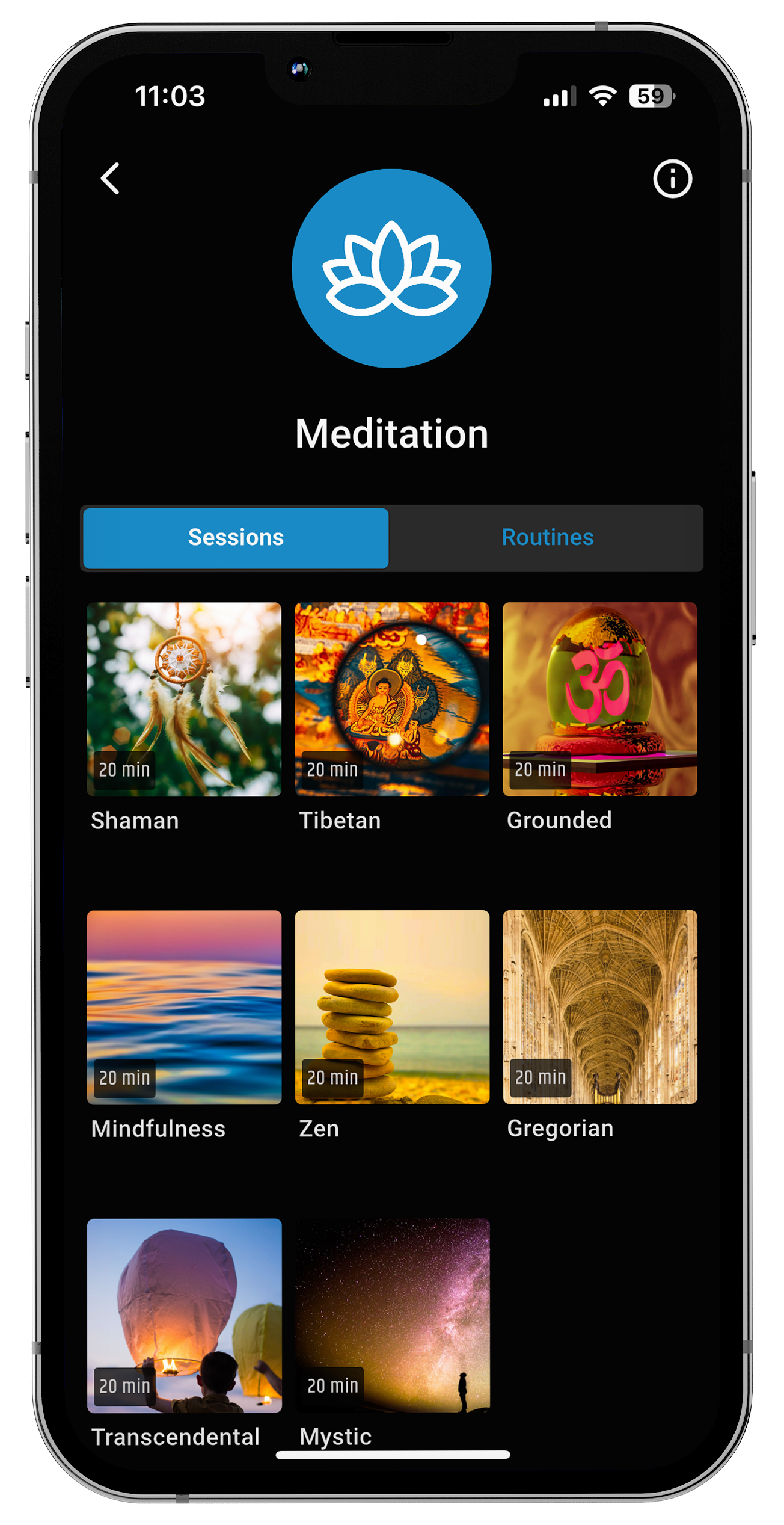
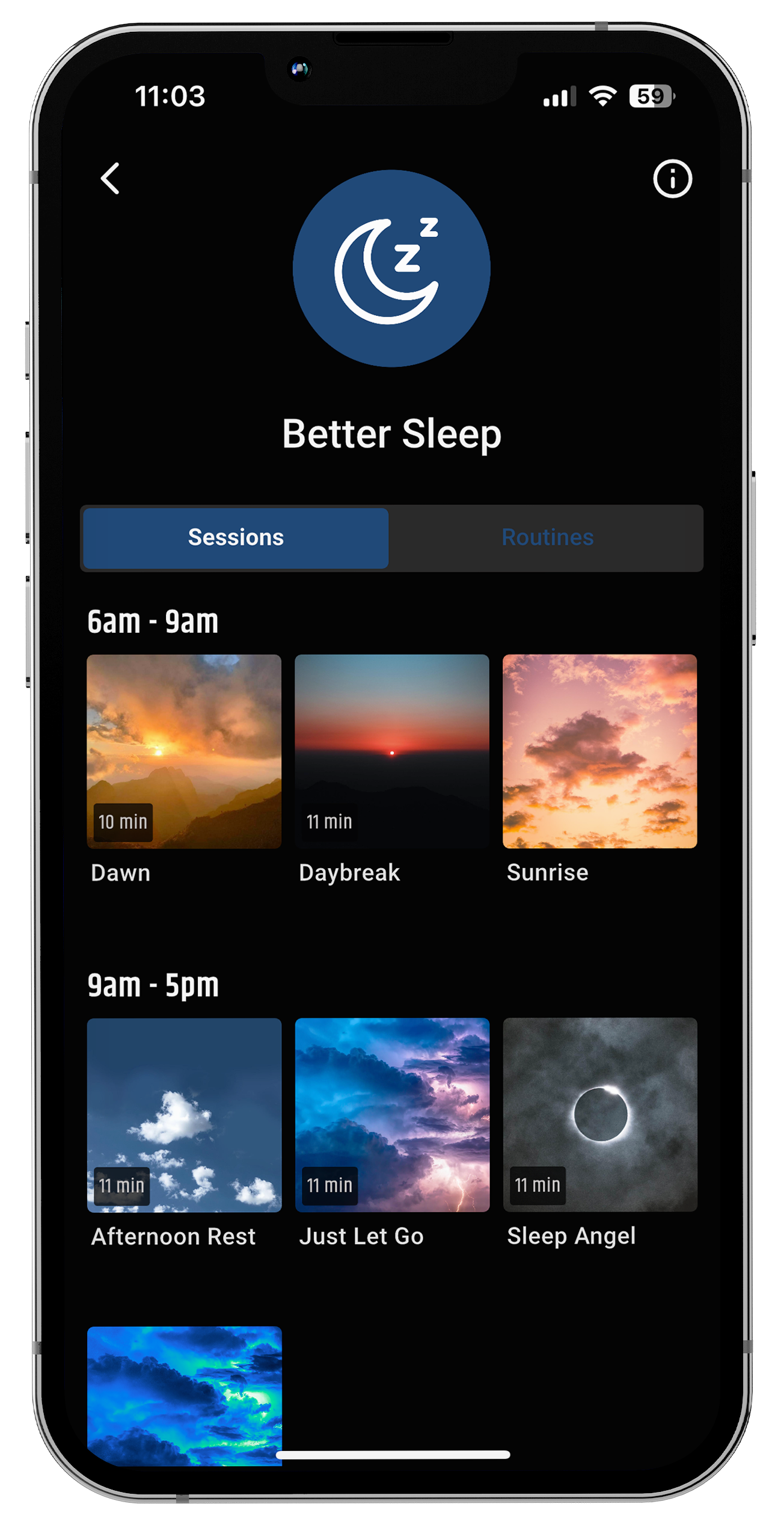
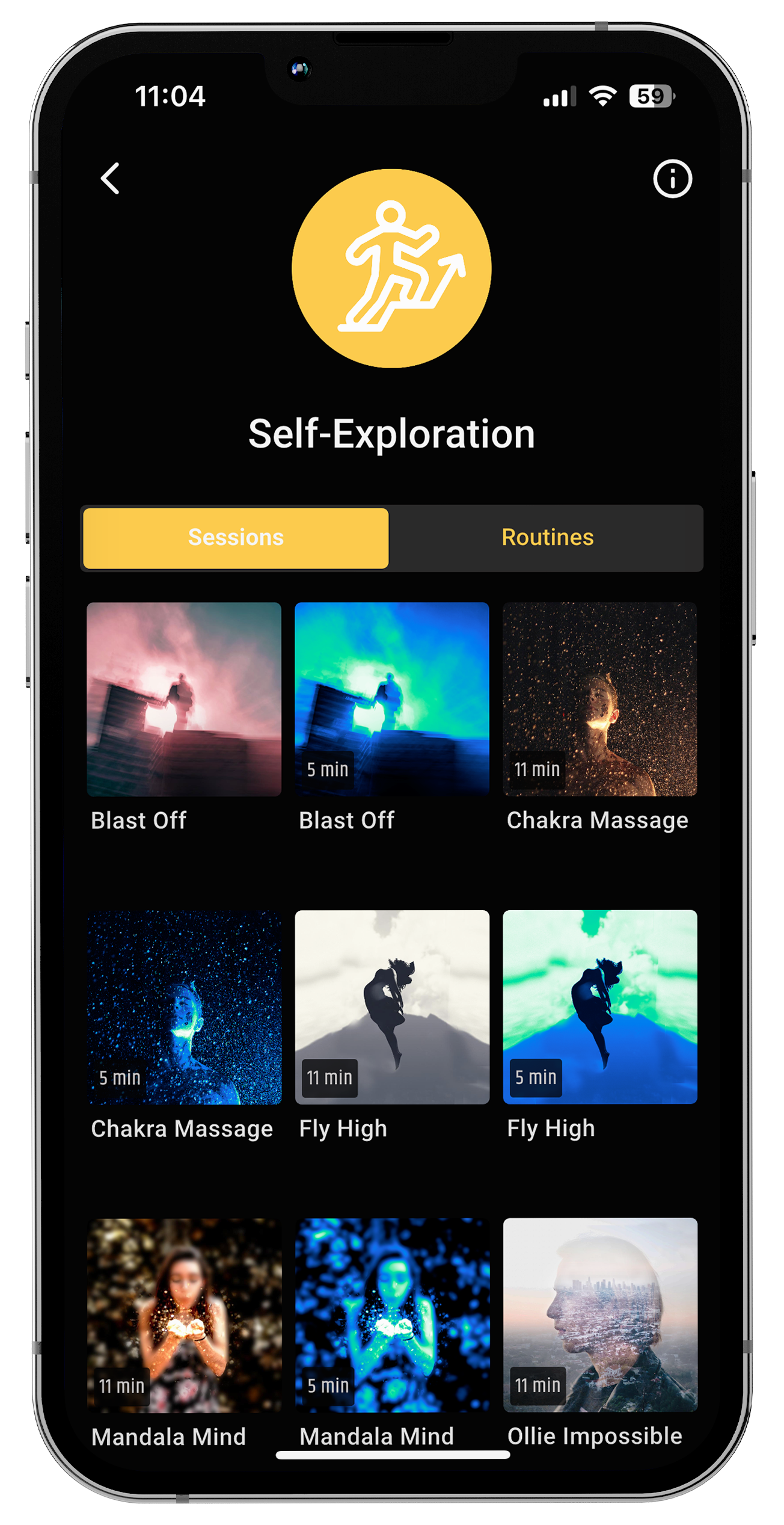
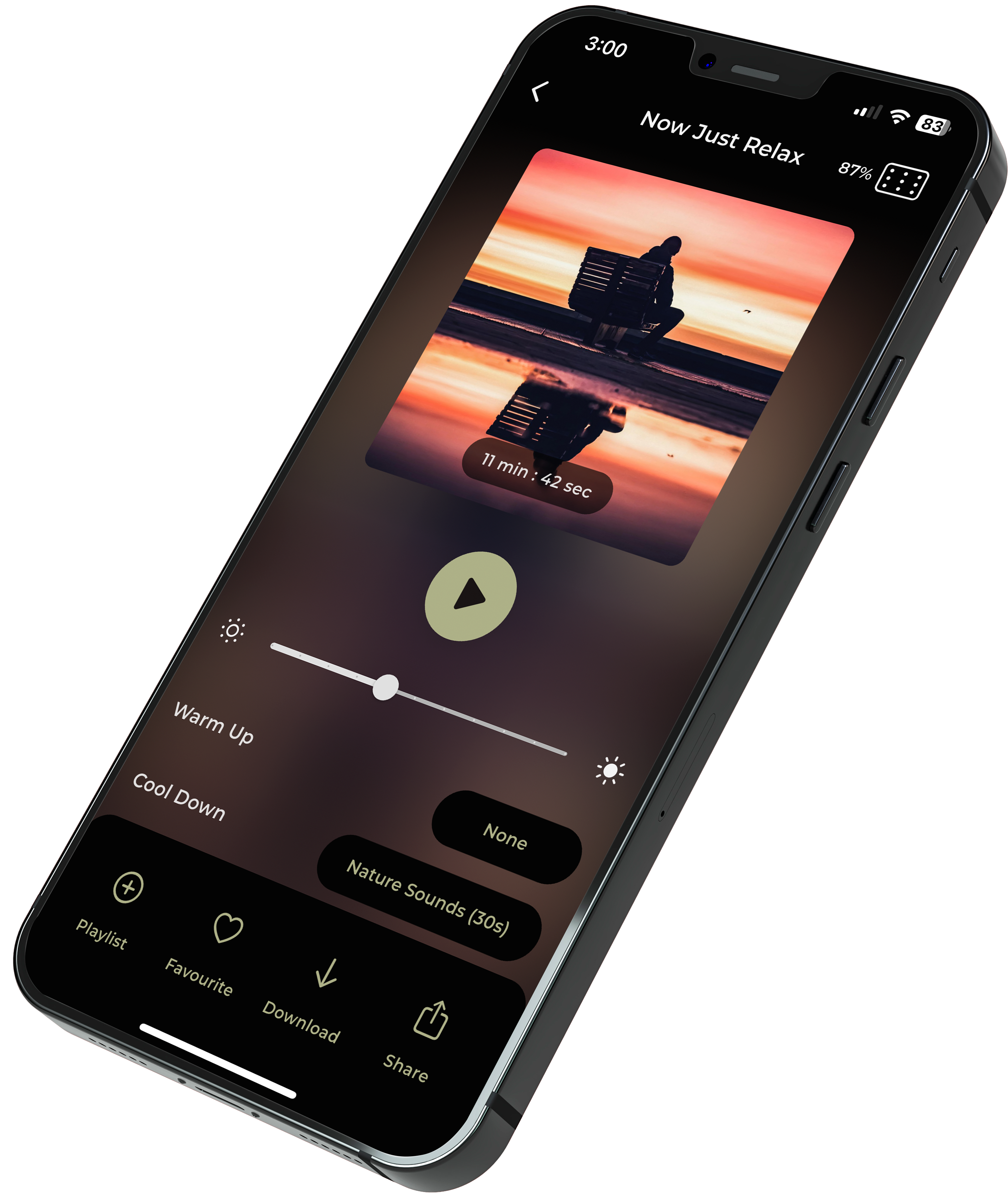


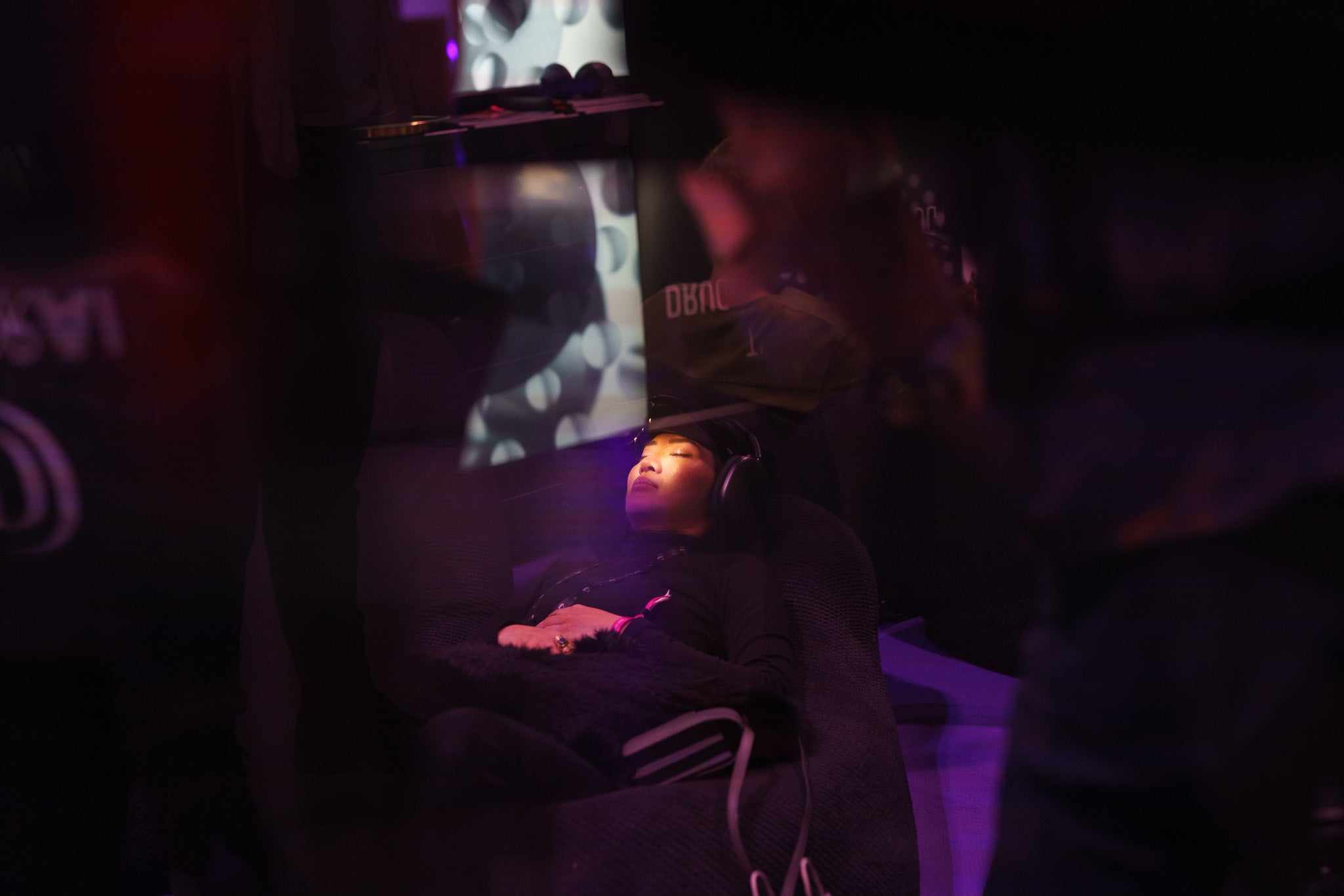




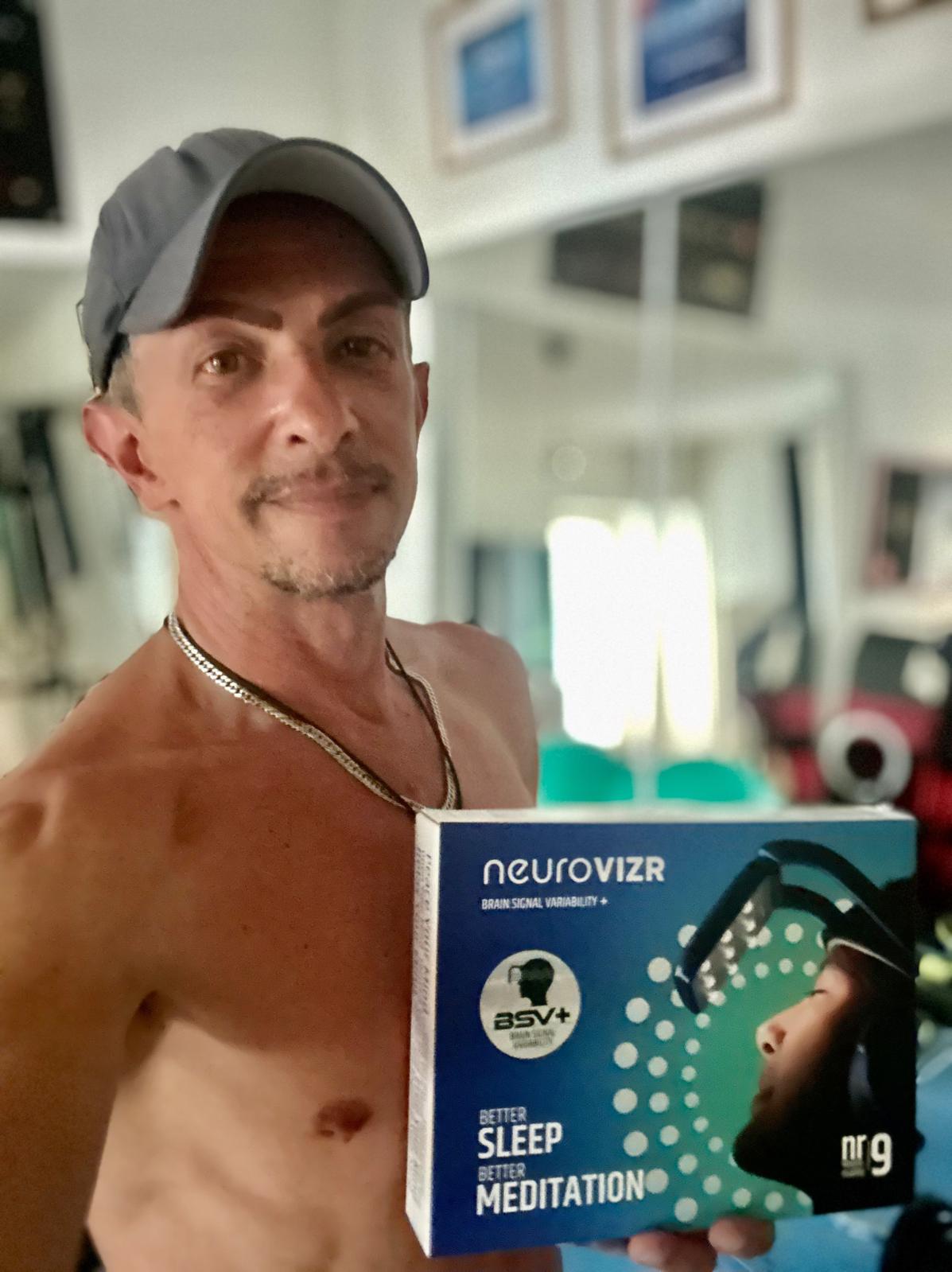
Share:
How Long Does Ketamine Neuroplasticity Last? A Scientific Breakdown
The Neuroscience of High-Performing Teams: Why Brain Sync Matters